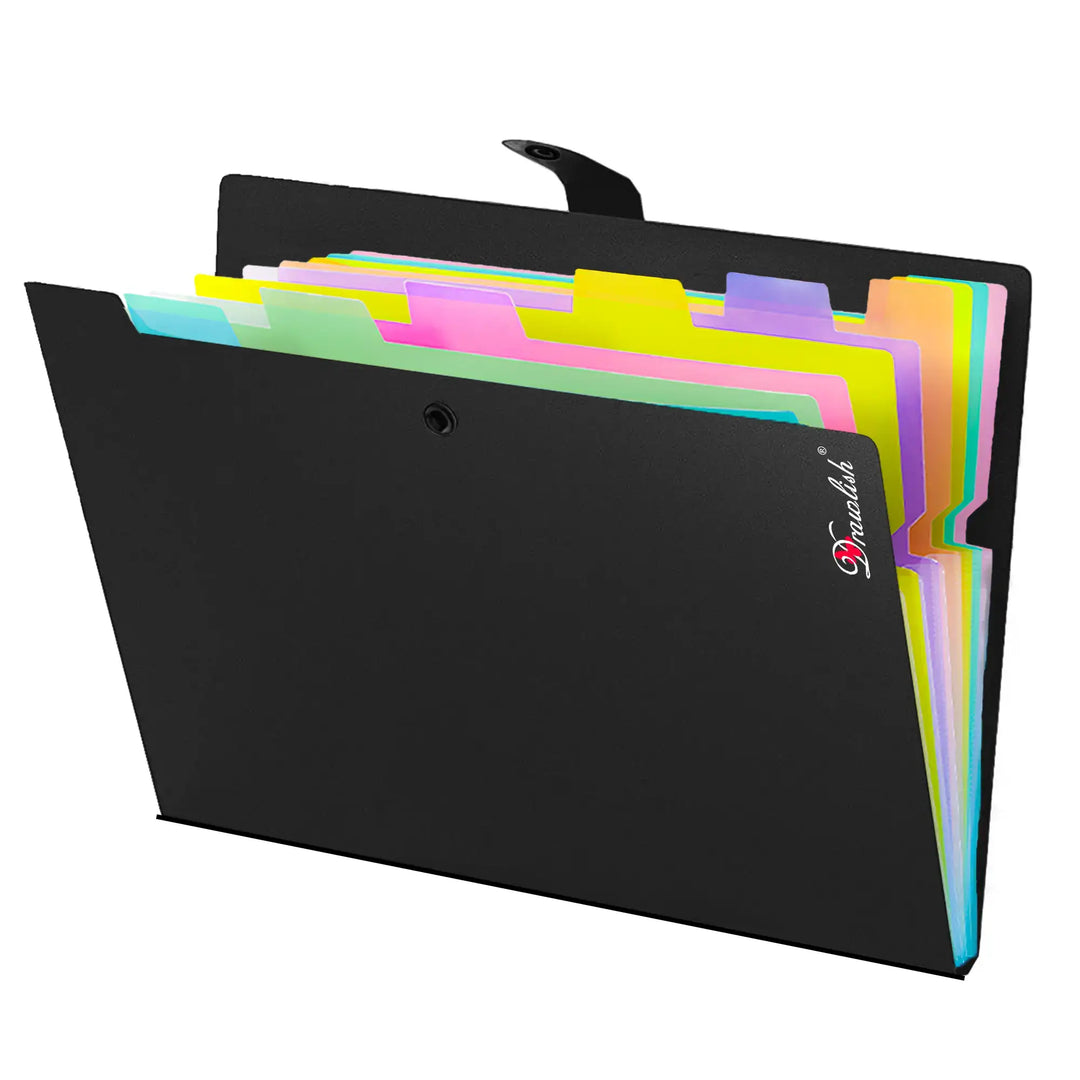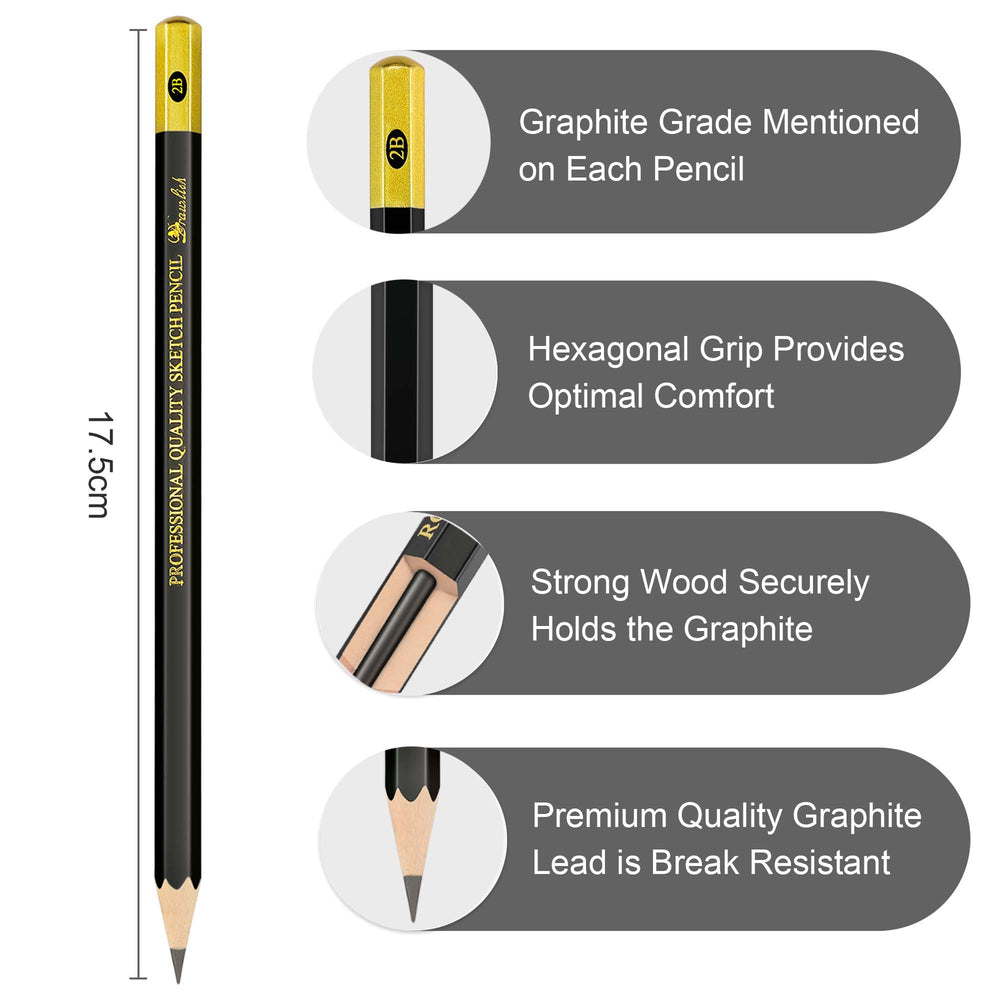What Happens When You Paint Oil Over Acrylic?
If you’ve ever wondered about the possibilities of mixing oil and acrylic paints, you’re not alone. The combination of these two mediums can open up a world of creative potential and bring new dimensions to your artwork. But what exactly happens when you paint oil over acrylic? Understanding this layering technique can help you achieve stunning results and avoid common pitfalls. In this comprehensive guide, we’ll explore the ins and outs of painting oil over acrylic, providing you with practical tips, expert advice, and inspiring examples to elevate your artistic endeavors.

Understanding Acrylic Paints and Oil Paints
Before diving into the specifics of layering, it’s important to grasp the fundamental differences between acrylic and oil paints. Each medium has its own unique properties and behaviors, which influence how they interact with each other.
| Acrylic Paints | Oil Paints |
| Fast-Drying: Acrylics dry quickly, usually within 15-30 minutes. This can be advantageous for layering but requires fast work. | Slow-Drying: Oils have a much longer drying time, ranging from several days to weeks, depending on the thickness and medium used. |
| Water-Soluble: Acrylics are mixed with water, making them easy to clean up and dilute. | Solvent-Based: Oil paints are mixed with solvents like turpentine or linseed oil, which are necessary for cleaning and thinning. |
| Flexible Surface: Once dry, acrylics form a flexible, non-cracking surface that can support various media. | Rich Texture and Depth: Oils can create rich textures and deep color saturation due to their slow drying and extended blending time. |

The Science Behind Oil Over Acrylic
The key to successfully painting oil over acrylic lies in understanding how these two media interact. Acrylics, once dried, form a stable, non-reactive surface. This makes them a suitable base for oils, which adhere well to the acrylic layer. However, there are some critical considerations to ensure that your layers bond effectively and your artwork remains durable.
-
Adhesion: Acrylics form a non-porous surface when dry, which can help oil paints adhere well. However, proper drying of the acrylic layer is crucial to avoid issues with oil paint adhesion. Ensure that the acrylic layer is completely dry before applying oil paint.
-
Surface Texture: The texture of the acrylic layer can affect how the oil paint applies. A smooth acrylic surface will result in a different finish compared to a textured one. Experiment with different acrylic techniques to achieve the desired effect.
-
Layering Sequence: Always paint oils over acrylics, never the other way around. This is because acrylics can act as a barrier to oil paints, preventing them from adhering properly if applied first.

Step-by-Step Guide to Painting Oil Over Acrylic
1. Prepare Your Surface:
- Start by applying a layer of acrylic paint to your canvas or panel. This base layer can be a simple wash or a more detailed acrylic underpainting, depending on your desired outcome.
2. Let it Dry:
- Ensure the acrylic paint is completely dry before moving on. This may take anywhere from a few hours to a day, depending on the thickness of your acrylic layer and environmental conditions.
3. Apply Oil Paint:
- Once the acrylic is dry, you can begin painting with oil paints. Use a clean brush and traditional oil painting techniques. The oil will adhere well to the acrylic base and allow you to achieve rich colors and textures.
4. Blend and Build Layers:
- Oil paints offer excellent blending capabilities. Use this to your advantage by creating smooth transitions and adding depth to your painting. Remember that oils can be built up in layers, so feel free to add additional coats for complexity.
5. Finish and Dry:
- After completing your painting, let it dry in a well-ventilated area. The drying time for oils can be extensive, so patience is key.

Tips for Successful Oil Over Acrylic Painting
| Tips | Details |
| Test First | Before committing to a large piece, test the technique on a small canvas or scrap piece to see how the oil paint interacts with your acrylic base. |
| Use Quality Materials | High-quality acrylics and oils will yield better results. Invest in good paints and brushes to ensure the longevity and vibrancy of your artwork. |
| Maintain Cleanliness | Keep your brushes and tools clean to avoid cross-contamination between your acrylic and oil paints. |
| Experiment | Don’t be afraid to experiment with different acrylic techniques, such as texture, layering, or color mixing, to see how they affect the final outcome of your oil painting. |

Examples and Inspiration
Many renowned artists have successfully combined acrylic and oil paints to create stunning mixed-media pieces. For instance, contemporary artists often use acrylics for their fast-drying base layers and then apply oils for detailed work and finishing touches. Explore works by artists like Robert Rauschenberg or Gerhard Richter for inspiration on how these techniques can be employed in innovative ways.

Common Pitfalls to Avoid
- Inadequate Drying Time: Ensure your acrylic layer is fully dry before applying oils. An insufficiently dry acrylic layer can cause the oil paint to peel or flake off.
- Surface Compatibility: Avoid using overly textured acrylic layers if you desire a smooth oil paint finish. Texture can affect the application and appearance of the oil paint.
- Improper Ventilation: Oil paints require proper ventilation due to the solvents used. Ensure your workspace is well-ventilated to avoid any health hazards.
Painting oil over acrylic can be a rewarding technique that opens up a range of creative possibilities. By understanding the properties of each medium and following proper layering techniques, you can achieve beautiful, complex effects in your artwork.
Whether you’re adding depth to a portrait or experimenting with abstract textures, using Drawlish Acrylic Paint as a base allows for a dynamic interplay between fast-drying acrylics and rich, versatile oils. Embrace the process, experiment with different methods, and watch your artistic vision come to life with this powerful combination.

FAQs About Oil Paint Over Acrylic
1. Can You Use Oil Glaze Over Acrylic Paint?
Yes, you can use oil glazes over acrylic paint, but there are some important considerations:
-
Compatibility: Acrylics and oils are different mediums with distinct properties. Acrylics are water-based, while oils are solvent-based. When using oil glazes over acrylics:
- Thin Layers: Apply thin layers of oil glaze to avoid issues with adhesion.
- Barrier Layer: Some artists prefer to use a thin layer of acrylic medium or an isolation coat as a barrier between the two types of paint to ensure they don’t interact negatively.
2. Can I Use Acrylic Paint Instead of Oil Paint?
Certainly! Acrylic paint is a versatile medium with several advantages:
- Drying Time: Acrylics dry quickly, allowing you to work faster.
- Water-Based: Acrylics are water-based, making them easier to clean up and less toxic.
- Vibrant Colors: Acrylics offer vibrant colors and can be used on various surfaces.
3. Can You Paint Over Acrylic Paint?
Yes, you can paint over acrylic paint, but it’s essential to prepare the surface properly:
- Surface Preparation: Ensure the acrylic surface is clean and free from dust or contaminants. If the acrylic layers are not fully cured, there’s a risk that solvents in the oil paint can interact with the still-drying acrylic.
4. Can You Paint Over Already Done Acrylics?
Certainly! You can paint over an existing acrylic painting, but keep these points in mind:
- Surface Texture: The new paint surface won’t feel the same as the original due to the loss of canvas texture.
- Watercolor Techniques: You can’t use watercolor techniques effectively over acrylics.
- Chalky Feel: If you paint over the whole canvas with white acrylic, it will feel chalky.
Related Blogs:







Leave a comment